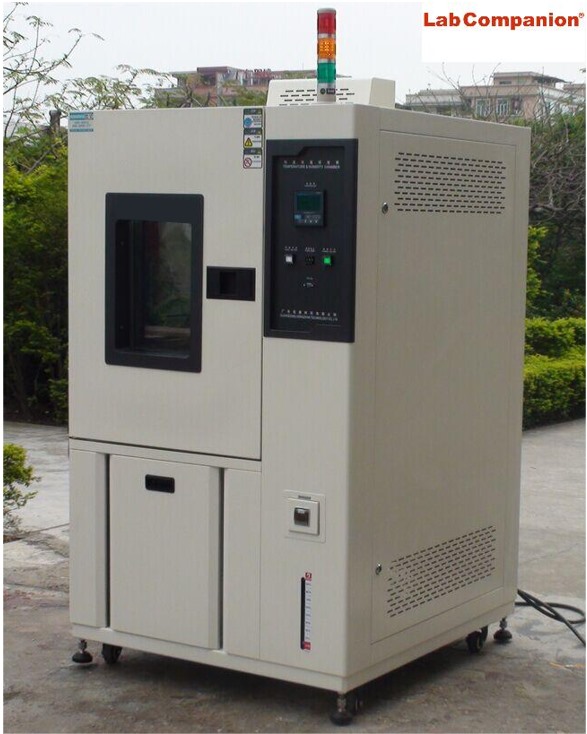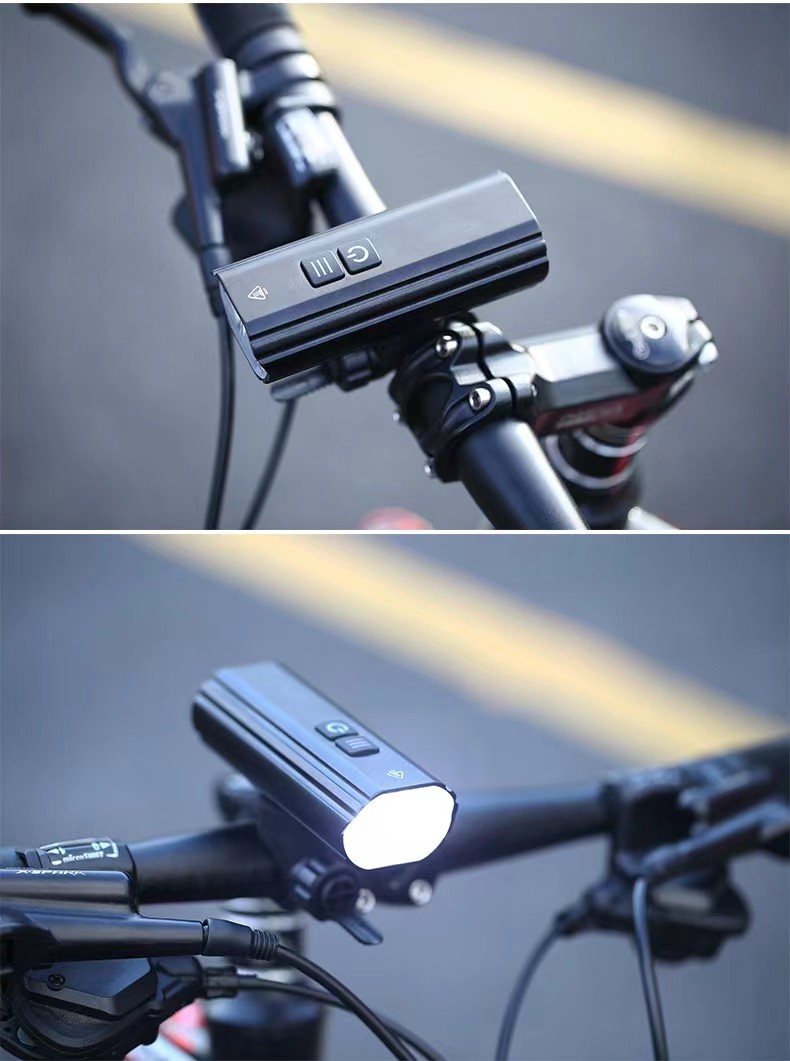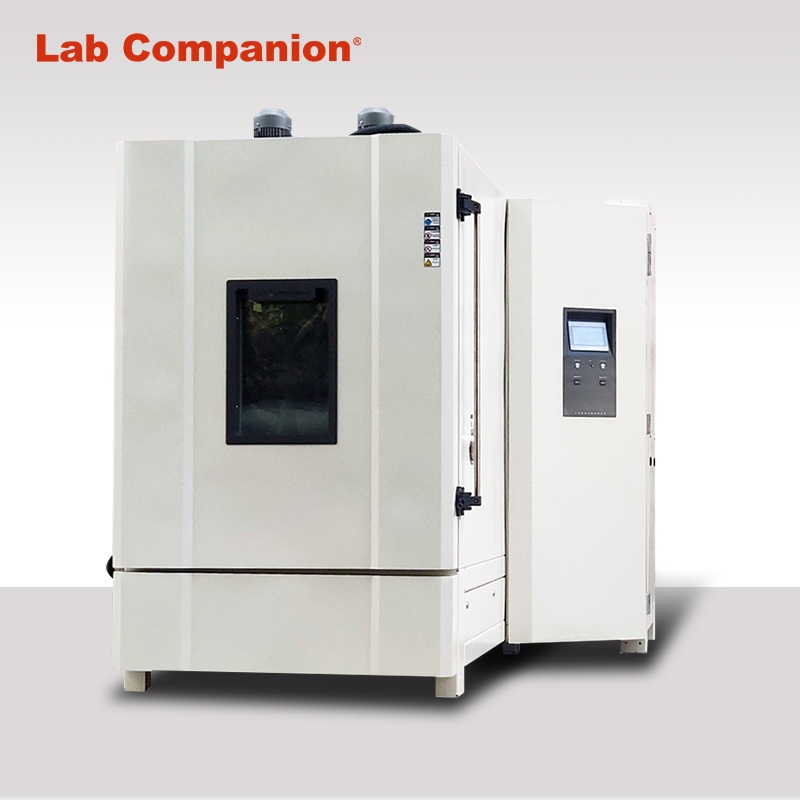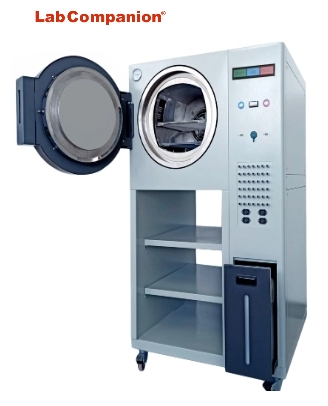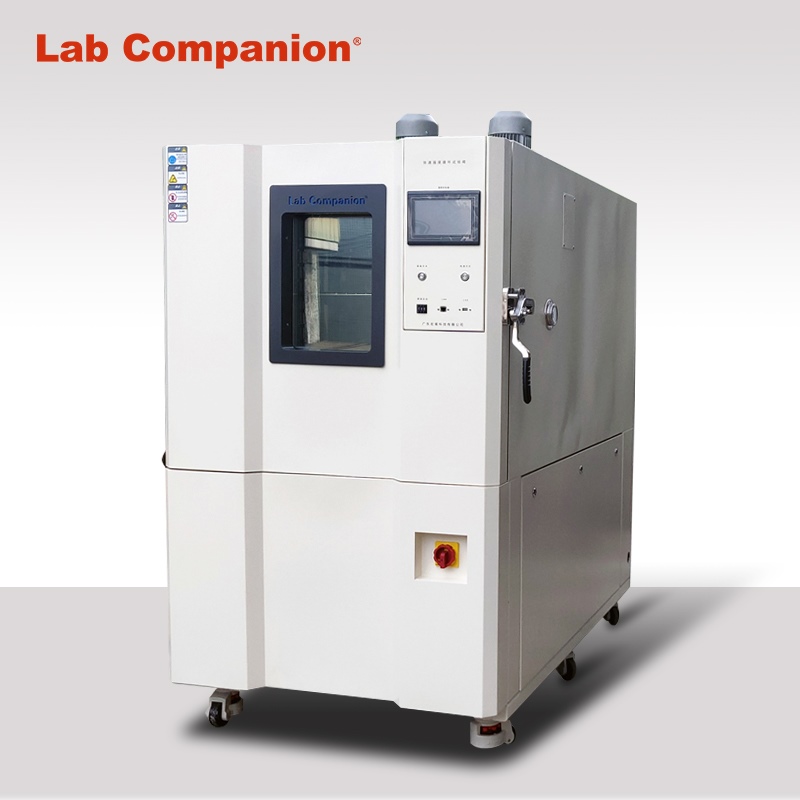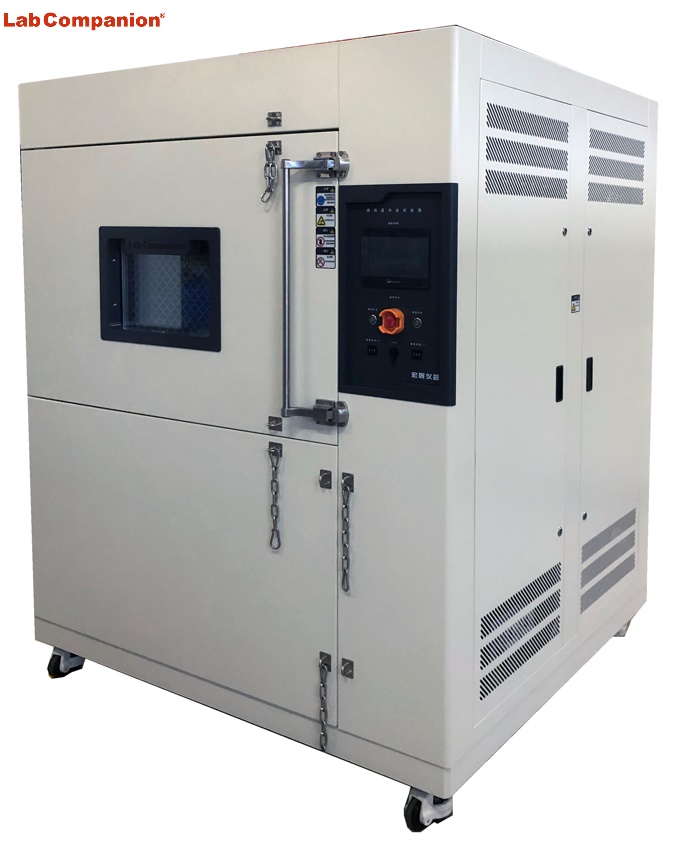Natural Convection Test (No Wind Circulation Temperature Test) and Specification
Home entertainment audio-visual equipment and automotive electronics are one of the key products of many manufacturers, and the product in the development process must simulate the adaptability of the product to temperature and electronic characteristics at different temperatures. However, when the general oven or constant temperature and humidity test chamber is used to simulate the temperature environment, both the oven and constant temperature and humidity test chamber have a test area equipped with a circulating fan, so there will be wind speed problems in the test area. During the test, the temperature uniformity is balanced by rotating the circulating fan. Although the temperature uniformity of the test area can be achieved through the wind circulation, the heat of the product to be tested will also be taken away by the circulating air, which will be significantly inconsistent with the actual product in the wind-free use environment (such as the living room, indoor). Because of the relationship of wind circulation, the temperature difference of the product to be tested will be nearly 10 ° C, in order to simulate the actual use of environmental conditions, many people will misunderstand that only the test machine can produce temperature (such as: oven, constant temperature and humidity test chamber) can carry out natural convection test, in fact, this is not the case. In the specification, there are special requirements for wind speed, and a test environment without wind speed is required. Through the natural convection test equipment (no forced wind circulation test), the temperature environment without fan is generated (natural convection test), and then the test integration test is carried out to detect the temperature of the product under test. This solution can be applied to the actual ambient temperature test of household related electronic products or confined Spaces (such as: Large LCD TV, car cockpit, car electronics, laptop, desktop computer, game console, stereo... Etc.).
The difference of the test environment with or without wind circulation for the test of the product to be tested:
If the product to be tested is not energized, the product to be tested will not heat itself, its heat source only absorbs the air heat in the test furnace, and if the product to be tested is energized and heated, the wind circulation in the test furnace will take away the heat of the product to be tested. Every 1 meter increase in wind speed, its heat will be reduced by about 10%. Suppose to simulate the temperature characteristics of electronic products in an indoor environment without air conditioning, if an oven or a constant temperature and humidity test chamber is used to simulate 35 ° C, although the environment in the test area can be controlled within 35 ° C through electric heating and freezing, the wind circulation of the oven and the constant temperature and humidity test chamber will take away the heat of the product to be tested, making the actual temperature of the product to be tested lower than the temperature in the real state of no wind. Therefore, it is necessary to use a natural convection testing machine without wind speed to effectively simulate the actual windless environment (such as: indoor, non-starting car cockpit, instrument chassis, outdoor waterproof box... Such environment).
Indoor environment without wind circulation and solar radiant heat irradiation:
Through the natural convection tester, simulate the client's actual use of the real air conditioning convection environment, hot spot analysis and heat dissipation characteristics of the product evaluation, such as the LCD TV in the photo not only to consider its own heat dissipation, but also to evaluate the impact of thermal radiation outside the window, thermal radiation for the product may produce additional radiant heat above 35 ° C.
Comparison table of wind speed and IC product to be tested:
When the ambient wind speed is faster, the IC surface temperature will also take away the IC surface heat due to the wind cycle, resulting in faster wind speed and lower temperature, when the wind speed is 0, the temperature is 100℃, but when the wind speed reaches 5m/s, the IC surface temperature has been below 80℃.
Unforced air circulation test:
According to the specification requirements of IEC60068-2-2, in the high temperature test process, it is necessary to carry out the test conditions without forced air circulation, the test process needs to be maintained under the wind-free circulation component, and the high temperature test is carried out in the test furnace, so the test cannot be carried out through the constant temperature and humidity test chamber or oven, and the natural convection tester can be used to simulate the free air conditions.
Description of test conditions:
Test specification for unforced air circulation: IEC-68-2-2, GB2423.2, GB2423.2-89 3.3.1
Unforced air circulation test: The test condition of unforced air circulation can simulate the free air condition well
GB2423.2-89 3.1.1:
When measuring under free air conditions, when the temperature of the test sample is stable, the temperature of the most hot spot on the surface is more than 5℃ higher than the temperature of the surrounding large device, it is a heat dissipation test sample, otherwise it is a non-heat dissipation test sample.
GB2423.2-8 10(Test heat dissipation test sample temperature gradient test) :
A standard test procedure is provided to determine the adaptability of thermal electronic products (including components, equipment level other products) to use at high temperatures.
Test requirements:
a. Testing machine without forced air circulation (equipped with a fan or blower)
b. Single test sample
c. The heating rate is not greater than 1℃/min
d. After the temperature of the test sample reaches stability, the test sample is energized or the home electrical load is carried out to detect the electrical performance
Natural convection test chamber features:
1. Can evaluate the heat output of the product to be tested after power, to provide the best distribution uniformity;
2. Combined with digital data collector, effectively measure the relevant temperature information of the product to be tested for synchronous multi-track analysis;
3. Record the information of more than 20 rails (synchronous record the temperature distribution inside the test furnace, multi-track temperature of the product to be tested, average temperature... Etc.).
4. The controller can directly display the multi-track temperature record value and record curve; Multi-track test curves can be stored on a USB drive via the controller;
5. The curve analysis software can intuitively display the multi-track temperature curve and output EXCEL reports, and the controller has three kinds of display [Complex English];
6. Multi-type thermocouple temperature sensor selection (B, E, J, K, N, R, S, T);
7. Scalable to increase heating rate & control stability planning.
